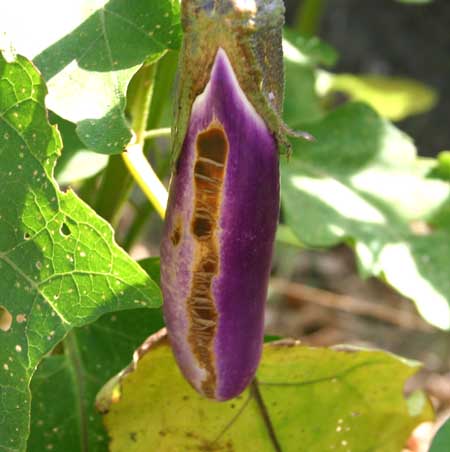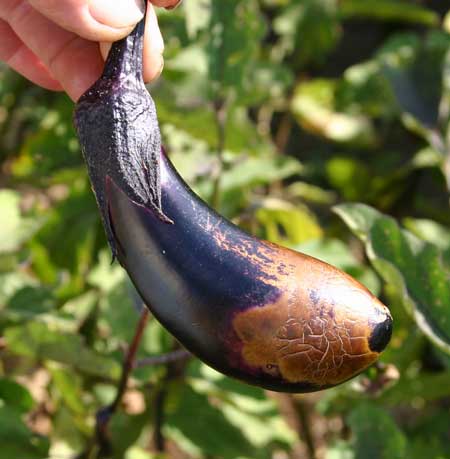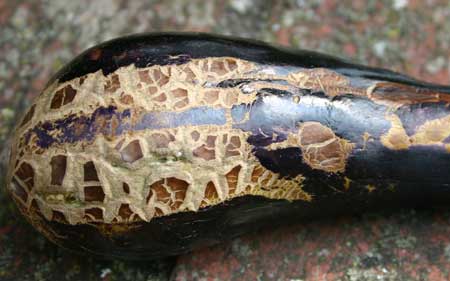Eggplant Problem
go.ncsu.edu/readext?175277
en Español / em Português
El inglés es el idioma de control de esta página. En la medida en que haya algún conflicto entre la traducción al inglés y la traducción, el inglés prevalece.
Al hacer clic en el enlace de traducción se activa un servicio de traducción gratuito para convertir la página al español. Al igual que con cualquier traducción por Internet, la conversión no es sensible al contexto y puede que no traduzca el texto en su significado original. NC State Extension no garantiza la exactitud del texto traducido. Por favor, tenga en cuenta que algunas aplicaciones y/o servicios pueden no funcionar como se espera cuando se traducen.
Português
Inglês é o idioma de controle desta página. Na medida que haja algum conflito entre o texto original em Inglês e a tradução, o Inglês prevalece.
Ao clicar no link de tradução, um serviço gratuito de tradução será ativado para converter a página para o Português. Como em qualquer tradução pela internet, a conversão não é sensivel ao contexto e pode não ocorrer a tradução para o significado orginal. O serviço de Extensão da Carolina do Norte (NC State Extension) não garante a exatidão do texto traduzido. Por favor, observe que algumas funções ou serviços podem não funcionar como esperado após a tradução.
English
English is the controlling language of this page. To the extent there is any conflict between the English text and the translation, English controls.
Clicking on the translation link activates a free translation service to convert the page to Spanish. As with any Internet translation, the conversion is not context-sensitive and may not translate the text to its original meaning. NC State Extension does not guarantee the accuracy of the translated text. Please note that some applications and/or services may not function as expected when translated.
Collapse ▲|
Photos by Debbie Roos, Agricultural Extension Agent.
September 2005Physiological injuryThese eggplants have developed brown lesions and streaks on the outside of the fruit. The interior is not affected. The problem is showing up in both the Oriental varieties (‘Orient Charm’ and ‘Millionaire’ are shown below) and the bell varieties. It doesn’t appear to be related to sunscald, given where the problem is popping up in the rows. The condition progresses until the fruit develops a “corky” looking appearance (see bottom photos). Field conditions are extremely dry, but the crop is on drip irrigation. About 25% of the crop is affected. Notes from NCSU Plant Disease and Insect Clinic: No evidence of infectious disease was detected on the submitted specimen. Symptoms are consistent with some sort of injury to the fruit (e.g., sunburn, spray injury, etc.). In some cases, injury occurred early in fruit development resulting in large cracks as fruit expanded. The injuries occurred during a record-breaking heat wave. Could this be attributed to excessive heat?
This page last updated January 9, 2011. |








